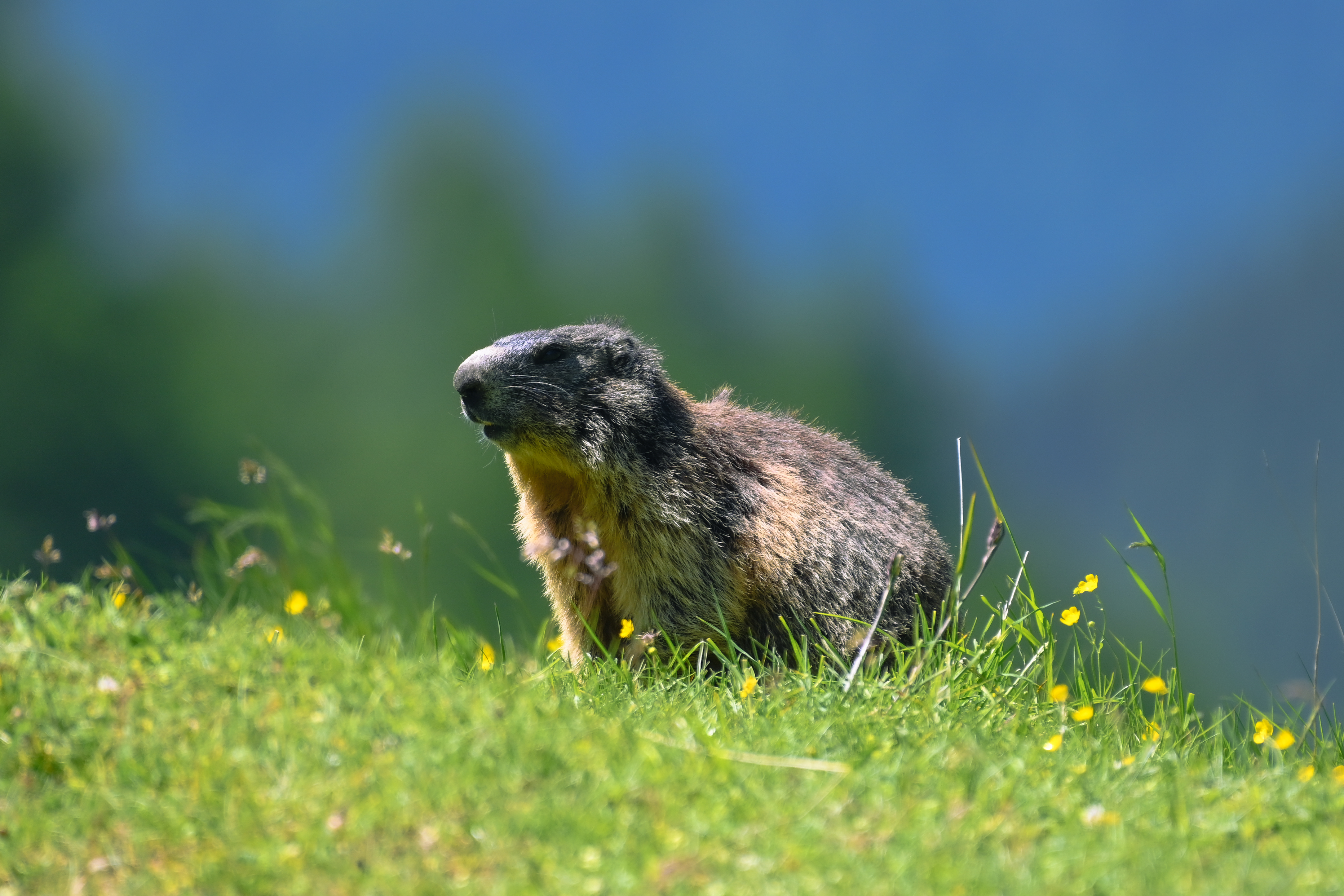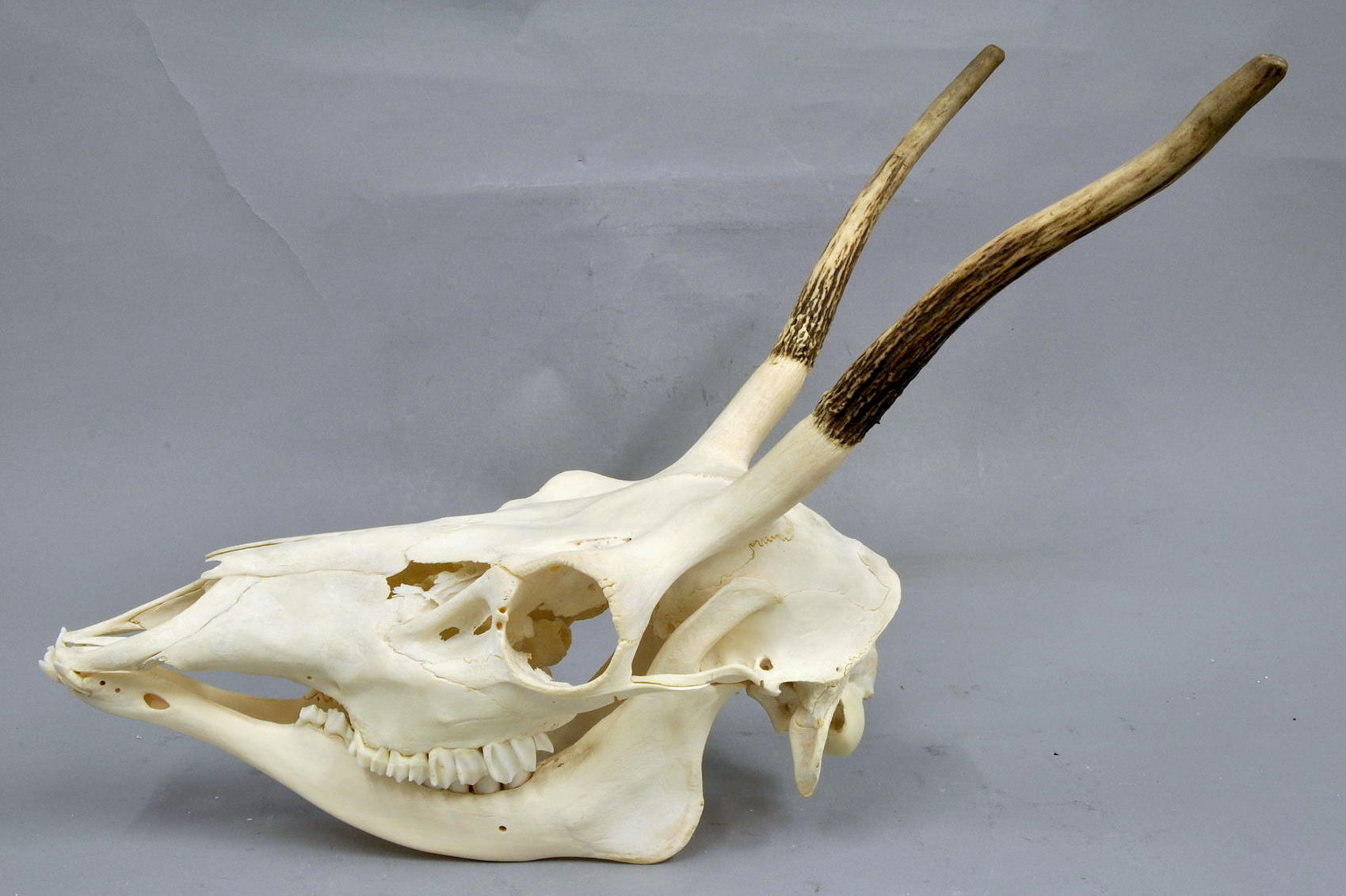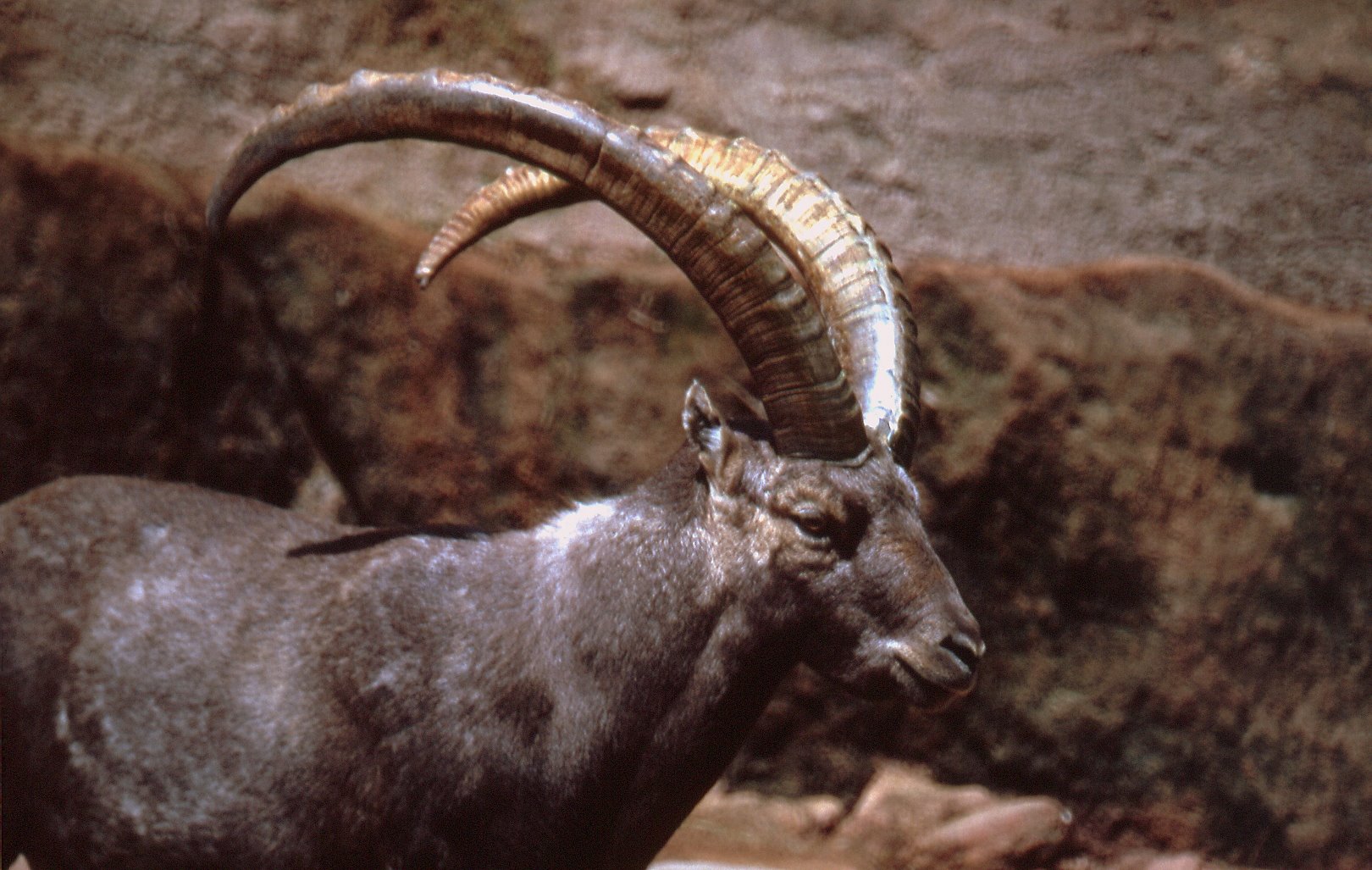|
Swiss National Park
The Swiss National Park (; ; ; ) is located in the Western Rhaetian Alps, in eastern Switzerland. It lies within the Cantons of Switzerland, canton of Graubünden, between Zernez, S-chanf, Scuol, and the Fuorn Pass in the Engadin valley on the border with Italy. Founded in 1914, the Swiss National Park is the oldest national park in the Alps and in Central Europe. It is part of the worldwide World Network of Biosphere Reserves in Europe and North America#Switzerland, UNESCO Biosphere Reserve and has IUCN protected area categories, IUCN category Ia, which is the highest category, signifying a strict nature reserve. Today, the Swiss National Park has an area of 170.3 km2 and is the largest nature reserve in Switzerland. Description The Swiss National Park covers various terrains, from relatively low valleys to high peaks. The highest peak in the National Park is Piz Quattervals, 3165 m.a.s.l, which can be reached by an alpine hike. As of 2022, this is the only National Pa ... [...More Info...] [...Related Items...] OR: [Wikipedia] [Google] [Baidu] |
Zernez
Zernez is a village and a municipalities of Switzerland, municipality in the Engiadina Bassa/Val Müstair Region in the Switzerland, Swiss Cantons of Switzerland, canton of Graubünden. On 1 January 2015 the former municipalities of Lavin and Susch merged into the municipality of Zernez. Zernez is a major node in the regional road network, with roads leading into the Upper Engadine and towards Italy, the Lower Engadine and towards Austria, over the Fuorn Pass into the Val Mustair and over the Flüela Pass. Zernez is the center for visitors of the Swiss National Park (Romansh language, Romansh: Parc Naziunal). History Zernez is first mentioned in 1131 as ''Gumpo de Ernece''. In 1161-64 it was mentioned as ''Zarnetz'' though both references are found in a copy of the document from 1365. Geography and climate Topography After the 2015 merger Zernez had an area of . Before the merger Zernez had an area, (as of the 2004/09 survey) of . Of this area, about 7.8% is used for agricultur ... [...More Info...] [...Related Items...] OR: [Wikipedia] [Google] [Baidu] |
IUCN
The International Union for Conservation of Nature (IUCN) is an international organization working in the field of nature conservation and sustainable use of natural resources. Founded in 1948, IUCN has become the global authority on the status of the natural world and the measures needed to safeguard it. It is involved in data gathering and Data analysis, analysis, research, field projects, advocacy, and education. IUCN's mission is to "influence, encourage and assist societies throughout the world to conserve nature and to ensure that any use of natural resources is equitable and ecologically sustainable". Over the past decades, IUCN has widened its focus beyond conservation ecology and now incorporates issues related to sustainable development in its projects. IUCN does not itself aim to mobilize the public in support of nature conservation. It tries to influence the actions of governments, business and other stakeholders by providing information and advice and through buildin ... [...More Info...] [...Related Items...] OR: [Wikipedia] [Google] [Baidu] |
National Council (Switzerland)
The National Council (; ; ; ) is a house of the Federal Assembly (Switzerland), Federal Assembly of Switzerland, representing the people. The other house, Council of States (Switzerland), Council of States, represents the states, preventing more populous parts of the country overpowering the rest. As the powers of the houses are the same, it is sometimes called perfect bicameralism. Both houses meet in the Federal Palace of Switzerland in Bern. The national council comprises 200 persons. Adult citizens elect the council's members, who are called National Councillors, for four year terms. These members are apportioned to the Swiss cantons in proportion to their population. Organisation With 200 members, the National Council is the larger house of the Swiss legislature. It represents the people, the vote of each citizen having more or less the same weight, whereas the Council of States (Switzerland), Council of States represents the cantons - each of them having the same weight ... [...More Info...] [...Related Items...] OR: [Wikipedia] [Google] [Baidu] |
Brown Bear
The brown bear (''Ursus arctos'') is a large bear native to Eurasia and North America. Of the land carnivorans, it is rivaled in size only by its closest relative, the polar bear, which is much less variable in size and slightly bigger on average. The brown bear is a sexually dimorphic species, as adult males are larger and more compactly built than females. The fur ranges in color from cream to reddish to dark brown. It has evolved large hump muscles, unique among bears, and paws up to wide and long, to effectively dig through dirt. Its teeth are similar to those of other bears and reflect its Dietary biology of the brown bear, dietary plasticity. Throughout the brown bear's range, it inhabits mainly forest, forested habitats in elevations of up to . It is omnivorous, and consumes a variety of plant and animal species. Contrary to popular belief, the brown bear derives 90% of its diet from plants. When hunting, it will target animals as small as insects and rodents to thos ... [...More Info...] [...Related Items...] OR: [Wikipedia] [Google] [Baidu] |
Wolf
The wolf (''Canis lupus''; : wolves), also known as the grey wolf or gray wolf, is a Canis, canine native to Eurasia and North America. More than thirty subspecies of Canis lupus, subspecies of ''Canis lupus'' have been recognized, including the dog and dingo, though grey wolves, as popularly understood, only comprise Wild type, naturally-occurring wild subspecies. The wolf is the largest wild Neontology, extant member of the family Canidae, and is further distinguished from other ''Canis'' species by its less pointed ears and muzzle, as well as a shorter torso and a longer tail. The wolf is nonetheless related closely enough to smaller ''Canis'' species, such as the coyote and the golden jackal, to produce fertile Canid hybrid, hybrids with them. The wolf's fur is usually mottled white, brown, grey, and black, although subspecies in the arctic region may be nearly all white. Of all members of the genus ''Canis'', the wolf is most Generalist and specialist species, specializ ... [...More Info...] [...Related Items...] OR: [Wikipedia] [Google] [Baidu] |
Golden Eagle
The golden eagle (''Aquila chrysaetos'') is a bird of prey living in the Northern Hemisphere. It is the most widely distributed species of eagle. Like all eagles, it belongs to the family Accipitridae. They are one of the best-known bird of prey, birds of prey in the Northern Hemisphere. These birds are dark brown, with lighter golden-brown plumage on their napes. Immature eagles of this species typically have white on the tail and often have white markings on the wings. Golden eagles use their agility and speed combined with powerful feet and large, sharp talons to hunt a variety of prey, mainly hares, rabbits, and marmots and other ground squirrels. Golden eagles maintain home ranges or territories that may be as large as . They build large bird nest, nests in cliffs and other high places to which they may return for several breeding years. Most breeding activities take place in the spring; they are monogamous and may remain together for several years or possibly for life. Fem ... [...More Info...] [...Related Items...] OR: [Wikipedia] [Google] [Baidu] |
Red Fox
The red fox (''Vulpes vulpes'') is the largest of the true foxes and one of the most widely distributed members of the order Carnivora, being present across the entire Northern Hemisphere including most of North America, Europe and Asia, plus parts of North Africa. It is listed as least concern on the IUCN Red List. Its range has increased alongside human expansion, having been Foxes in Australia, introduced to Australia, where it is considered harmful to native small and medium-sized rodents and marsupials. Due to its impact on native species, it is included on the list of the "List of the world's 100 worst invasive species, world's 100 worst invasive species". The red fox originated in Eurasia during the Middle Pleistocene at least 400,000 years ago and later colonised North America sometime prior to 130,000 years ago. Among the true foxes, the red fox represents a more progressive form in the direction of Carnivore, carnivory. Apart from its large size, the red fox is distin ... [...More Info...] [...Related Items...] OR: [Wikipedia] [Google] [Baidu] |
Chamois
The chamois (; ) (''Rupicapra rupicapra'') or Alpine chamois is a species of Caprinae, goat-antelope native to the mountains in Southern Europe, from the Pyrenees, the Alps, the Apennines, the Dinarides, the Tatra Mountains, Tatra to the Carpathian Mountains, the Balkan Mountains, the Rila–Rhodope Mountains, Rhodope massif, Pindus, the northeastern mountains of Turkey, and the Caucasus. It has also been introduced to the South Island of New Zealand. Some subspecies of chamois are strictly protected in the EU under the European Habitats Directive. Description The chamois is a very small bovid. A fully grown chamois reaches a height of and measures . Males, which weigh , are slightly larger than females, which weigh . Both males and females have short, straightish horns which are hooked backwards near the tip, the horn of the male being thicker. In summer, the fur has a rich brown colour which turns to a light grey in winter. Distinct characteristics are white contrasting ... [...More Info...] [...Related Items...] OR: [Wikipedia] [Google] [Baidu] |
Red Deer
The red deer (''Cervus elaphus'') is one of the largest deer species. A male red deer is called a stag or Hart (deer), hart, and a female is called a doe or hind. The red deer inhabits most of Europe, the Caucasus Mountains region, Anatolia, Iran, and parts of western Asia. It also inhabits the Atlas Mountains of Northern Africa, being the only living species of deer to inhabit Africa. Red deer have been introduced to other areas, including Australia, New Zealand, the United States, Canada, Peru, Uruguay, Chile and Argentina. In many parts of the world, the meat (venison) from red deer is used as a food source. The red deer is a ruminant, characterized by a four-chambered stomach. Genetics, Genetic evidence indicates that the red deer, as traditionally defined, is a species group, rather than a single species, though exactly how many species the group includes remains disputed. The ancestor of the red deer probably originated in central Asia. Although at one time red deer were ... [...More Info...] [...Related Items...] OR: [Wikipedia] [Google] [Baidu] |
Ibex
An ibex ( : ibex, ibexes or ibices) is any of several species of wild goat (genus ''Capra''), distinguished by the male's large recurved horns, which are transversely ridged in front. Ibex are found in Eurasia, North Africa and East Africa. Taxonomy The name ''ibex'' comes from Latin, borrowed from Iberian or Aquitanian, akin to Old Spanish ''bezerro'', 'bull', modern Spanish ''becerro'', 'yearling'. Ranging in height from and weighing for males, ibex can live up to 20 years. Three closely related varieties of goats found in the wild are not usually called ibex: the markhor, western tur, and eastern tur. A male ibex is referred to as a buck, a female is a doe, and young juveniles are called kids. An ibex buck is commonly larger and heavier than a doe. The most noticeable difference between the sexes is the larger size of a buck's horns. The doe grows a pair of smaller, thinner horns which develop considerably more slowly than those of a buck. The ibex's horns appear at ... [...More Info...] [...Related Items...] OR: [Wikipedia] [Google] [Baidu] |
Marmot
Marmots are large ground squirrels in the genus ''Marmota'', with 15 species living in Asia, Europe, and North America. These herbivores are active during the summer, when they can often be found in groups, but are not seen during the winter, when they hibernate underground. They are the heaviest members of the squirrel family. Description Marmots are large rodents with characteristically short but robust legs, enlarged claws which are well adapted to digging, stout bodies, and large heads and incisors to quickly process a variety of vegetation. While most species are various forms of earthen-hued brown, marmots vary in fur coloration based roughly on their surroundings. Species in more open habitat are more likely to have a paler color, while those sometimes found in well-forested regions tend to be darker. Total length varies typically from about and body mass averages about in spring in the smaller species and in autumn, at times exceeding , in the larger species. The lar ... [...More Info...] [...Related Items...] OR: [Wikipedia] [Google] [Baidu] |
Nature Parks In Switzerland
Switzerland has eighteen official natural parks (and three candidate parks) classified in three categories (national parks, regional nature parks and nature experience parks).Overview of the Swiss parks (page visited on 27 July 2016). Categories The three categories of natural "parks of national importance" established by the Federal Act on the Protection of Nature and Cultural Heritage (section 3b) are , regional nature parks and natur ...[...More Info...] [...Related Items...] OR: [Wikipedia] [Google] [Baidu] |










